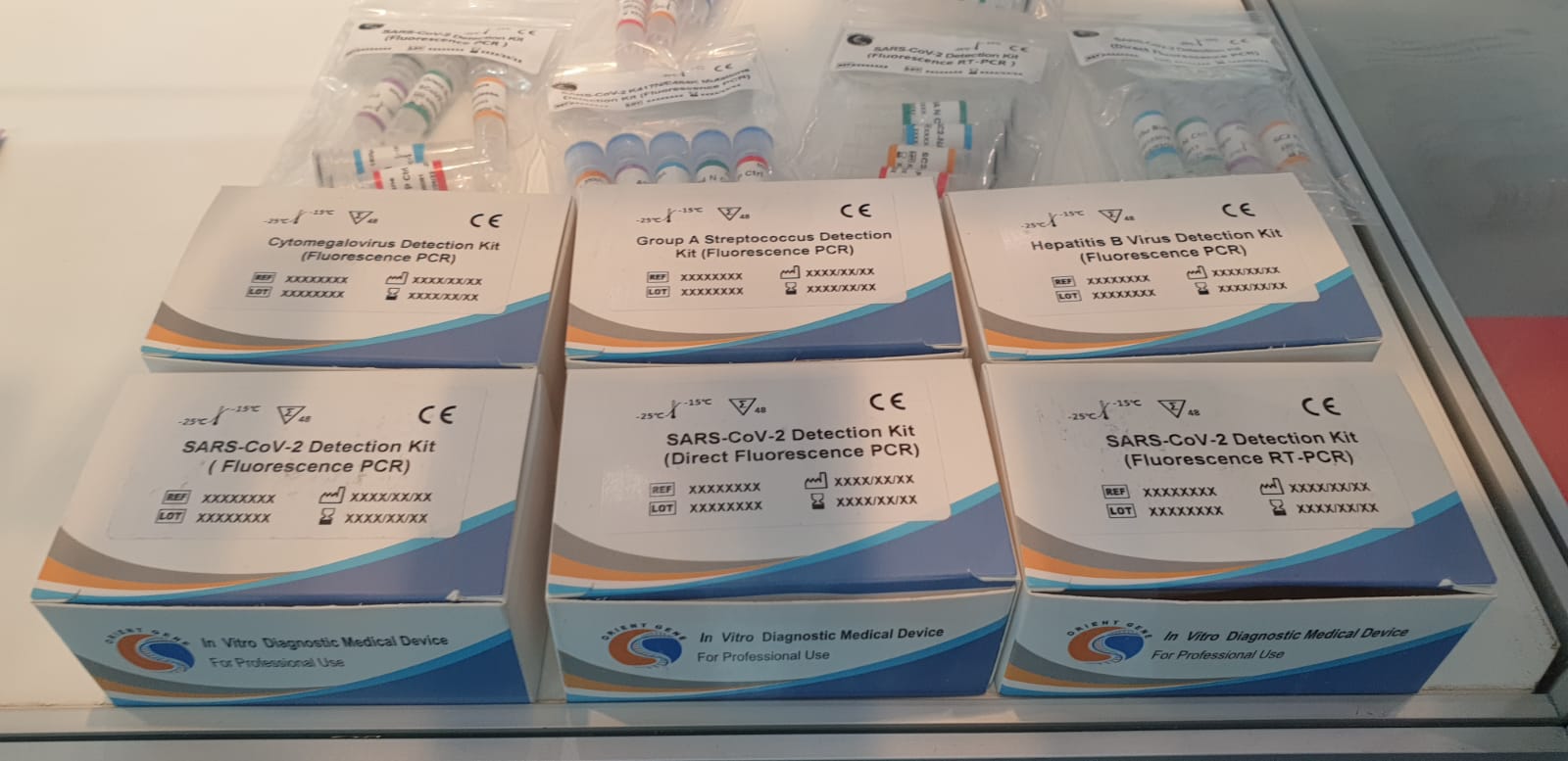Bottom
Group A strep, also called group A strep, is a bacteria that can cause many different infections. These can cause sepsis. Sometimes incorrectly called blood poisoning, sepsis is the body’s often deadly response to infection. Like strokes or heart attacks, sepsis is a medical emergency that requires prompt diagnosis and treatment.
Sepsis and septic shock can be the result of infection anywhere in the body, such as pneumonia, influenza, or urinary tract infections. Worldwide, one-third of people who develop sepsis die. Many of those who survive are left with life-changing effects, such as post-traumatic stress disorder (PTSD), chronic pain and fatigue, organ dysfunction (organs not working properly), and/or amputations.
Group A Streptococcal Infections
Group A bacteria cause several types of infections, most commonly:
- strep throat
- scarlet fever
- Impetigo
- Pneumonia
- Necrotizing fasciitis
- Otitis media (ear infections)
- Sinusitis
- Cellulitis
- Toxic shock syndrome
- Group A strep can cause strep throat
How does group A strep spread?
Group A strep bacteria live in the nose and throat. They are spread through droplets when coughing or sneezing or by direct contact with mucus. You can inhale droplets if you are close enough when an infected person coughs or sneezes. Also, the drops can fall on a solid object that it touches later. This type of contact can also occur if infected people blow their noses and touch an object before washing their hands.
Either way, if the bacteria are transferred to your hand or fingers and you bring your hand to your face, you can become infected. If the skin is infected, such as cellulitis or impetigo, the bacteria must come into contact with a patch of skin that had an open area, such as a cut, scrape, or bite. The opening may be so small that you didn’t notice anything beforehand. Impetigo is common among young children when they share toys and play together.
Invasive group A streptococcal disease
While it is common for group A strep to exist in the throat and nose, and on the skin, it is not common within the body. When these bacteria enter your body, they can cause infections such as necrotizing fasciitis (often called “carnivorous disease”) and toxic shock syndrome. These are invasive group A streptococcal infections.
Symptoms
Symptoms of group A strep infection depend on where the infection is. Common symptoms include pain in the affected area, redness, and swelling. If the infection progresses or is a systemic infection, such as scarlet fever or toxic shock syndrome, you will develop a fever, muscle aches, and flu-like symptoms.
Treatment
Treatment for infections includes appropriate antibiotics. Sepsis caused by group A streptococcus should be treated urgently with both antibiotics and intravenous fluids. For people with necrotizing fasciitis, surgery will remove the affected tissue.

